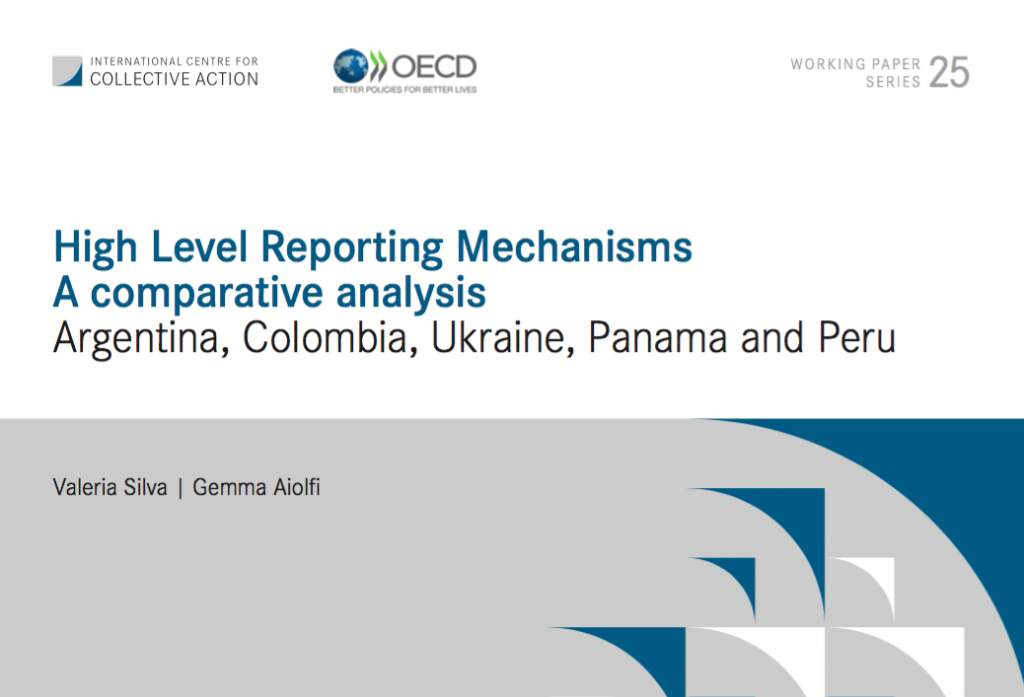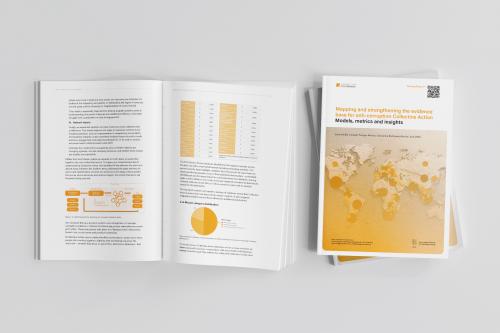Basel Institute launches new website and working paper on the High Level Reporting Mechanism (HLRM)

The Basel Institute on Governance is pleased to launch two new resources on the High Level Reporting Mechanism (HLRM) as a corruption prevention tool.
The HLRM concept was jointly developed by the Basel Institute, OECD, and Transparency International in response to private sector concerns over the absence of quick and effective mechanisms for addressing bribe solicitation by some public officials in certain markets. An HLRM is a way for governments to demonstrate their high-level commitment to integrity standards in public procurement by creating simple procedures for the private sector and/or other actors to raise and quickly resolve alerts about suspected bribery or unfair business practices in public tenders.
Our new Working Paper, High Level Reporting Mechanisms: A comparative analysis, provides an overview of the experiences and interest in designing and implementing the HLRM model to date in Argentina, Colombia, Panama, Peru, and Ukraine. It builds on our 2015 Working Paper that provided an in-depth review of the genesis of the first two pilots of the HLRM concept in Colombia, as then applied to a high-profile roads project, and in Ukraine, where with the backing of the European Bank for Reconstruction and Development, the HLRM model was adapted to create the Business Ombudsman Council (BOC). Our new report tracks and compares the evolution, progress, and impact of the HLRM within the country specific context.
In Colombia, the pilot HLRM implemented in 2013-2015 is credited with the effective review and resolution of a complaint raised regarding unfair business practices in the tender process. The HLRM is further credited with having a preventing impact on additional tenders subject to the HLRM in 2016-2017. Since 2018, the Colombian government is working on further expanding the HLRM and in August 2018, the Basel Institute, OECD, and Colombian officials signed a Memorandum of Understanding institutionalizing our collaboration and advice to this end.
Argentina’s design and piloting of an HLRM to apply to a major roads tender under the country’s new public-private partnership law earlier this year is also described in the report. During the tender, several alerts were submitted, but none were found to raise an issue necessitating the activation of the HLRM’s expert group and the tender process was concluded on schedule. The HLRM will apply to further upcoming PPP tenders in Argentina.
In Peru, there is strong interest in developing an independent and high-level mechanism to address corruption concerns, such as an HLRM, and despite changes in government, the Basel Institute and OECD stand ready to continue to work with the government to define the most appropriate mechanism tailored to the country’s needs.
Alongside this report, we are launching a new web page dedicated to the HLRM within our B20 Collective Action Hub. An exciting new feature is the inclusion of several multimedia resources, including videos, interviews, and presentations by key actors involved in the development and implementation of the HLRM. The main page has links to country-specific pages with further details and related links.
Private sector actors and governments in numerous contexts continue to search for new ways to strengthen corruption prevention. The Basel Institute hopes that these new resources detailing these experiences in adapting and implementing the HLRM model to date will help inspire others to consider further development of the concept in context-specific ways.



